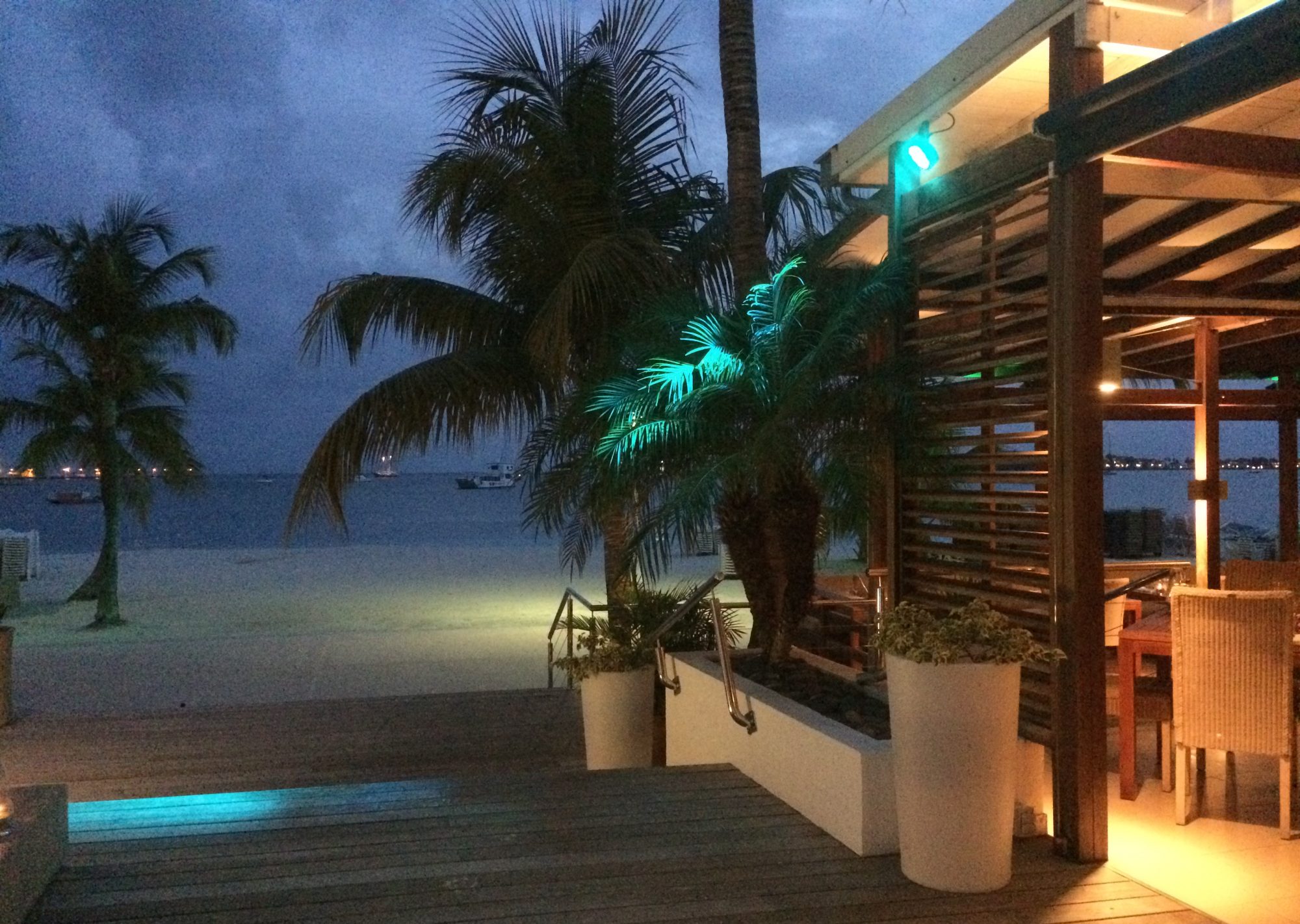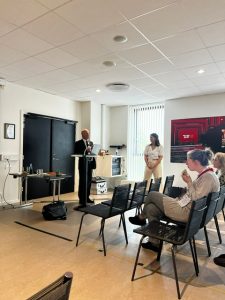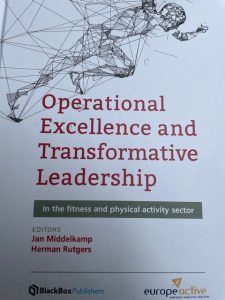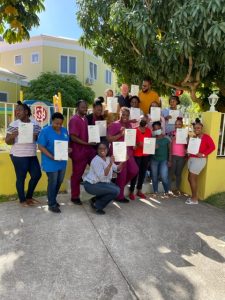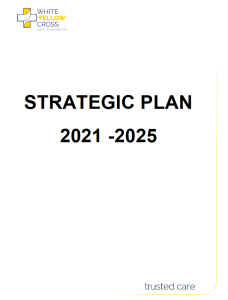Afgelopen vrijdag heb ik afscheid genomen van mijn werk bij de Hogeschool Utrecht, als docent kwaliteitsmanagement, afstudeerbegeleider en onderzoeker bij de Master Innovatie in Zorg en Welzijn (MIZW). Onderdeel van het afscheid was een afscheidscollege, dat Rolien de Jong en ik samen hebben gegeven, waarbij zij inging op de praktijk van innoveren (van eHealth) en ik op de theorie (emergent innoveren).
In de opleiding staat een strak gepland traject centraal waarin een verbetering of innovatie wordt ontworpen . Veranderingen in organisaties ontstaan echter steeds vaker ongepland. Homan (2005) stelt dat 75 tot 80 procent van veranderingen in organisaties spontaan zijn. Ook veel innovaties worden niet ontworpen, maar ‘emergeren’. Emergentie is een begrip uit de complexiteitstheorie en in een conceptanalyse heb ik het gedefinieerd als “het verschijnsel waarbij uit het netwerk van interacterende interne en externe elementen in de loop der tijd een coherent nieuw patroon ontstaat, dat moeilijk voorspelbaar, onverwacht en ongepland is en niet herleidbaar is tot de afzonderlijke elementen” (Van Kemenade, 2019, p. 149). We kunnen zo’n nieuw patroon niet maken, maar wellicht kunnen we het ontstaan ervan wel faciliteren. Dat schept een fundamenteel andere rol voor adviseurs, managers, innovators, MIZW’ers dus, die ik ‘emergent leiderschap’ heb genoemd. Maar, wat is ‘emergent leiderschap’ dan en wat kun je doen om toch de omstandigheden te co-creëren, zodat misschien een innovatie ontstaat??? Daarover gaan twee e-books die ik geschreven heb met als titel ‘Emergent Innoveren’ deel 1, Theorie en deel 2, Skills lab. Een aantal (ex-)docenten en een tiental studenten van de MIZW hebben daaraan meegewerkt, waarvoor dank. Frank Wijzenbeek bedankt voor de schitterende lay out. Graag laat ik deze twee boekjes over Emergent Innoveren achter als een soort ‘erfenis’ voor alle docenten, studenten en oud-studenten. Zie daarvoor onderstaande links. Ik hoop dat het jullie allen inspireert om veel ‘coherente nieuwe patronen’ te laten ontstaan. De documenten zijn beschermd met een wachtwoord. Als je werkelijk interesse hebt, kun je het wachtwoord verkrijgen via everard@onsnet.nu.
Ik heb van de jaren bij de MIZW genoten en zal studenten en collega’s missen.
Everard van Kemenade
Homan, T. (2005), Organisatiedynamica. Theorie en praktijk van organisatieverandering, Boom Uitgeverij
Van Kemenade, E.A. (2019), Emergence in TQM: a concept analysis, TQM Journal, 32(1): 143-161. Doi 10.1108/TQM-04-2019-0100
Van Kemenade, E.A. (2022a), Emergent innoveren volgens Medusa, deel 1. Theorie, Over tien reuzen en vier vensters, uitgave in eigen beheer
Van Kemenade, E.A. (2022b), Emergent innoveren volgens Medusa, deel 2. Skills lab. Over vier vensters en zes moeders, uitgave in eigen beheer
